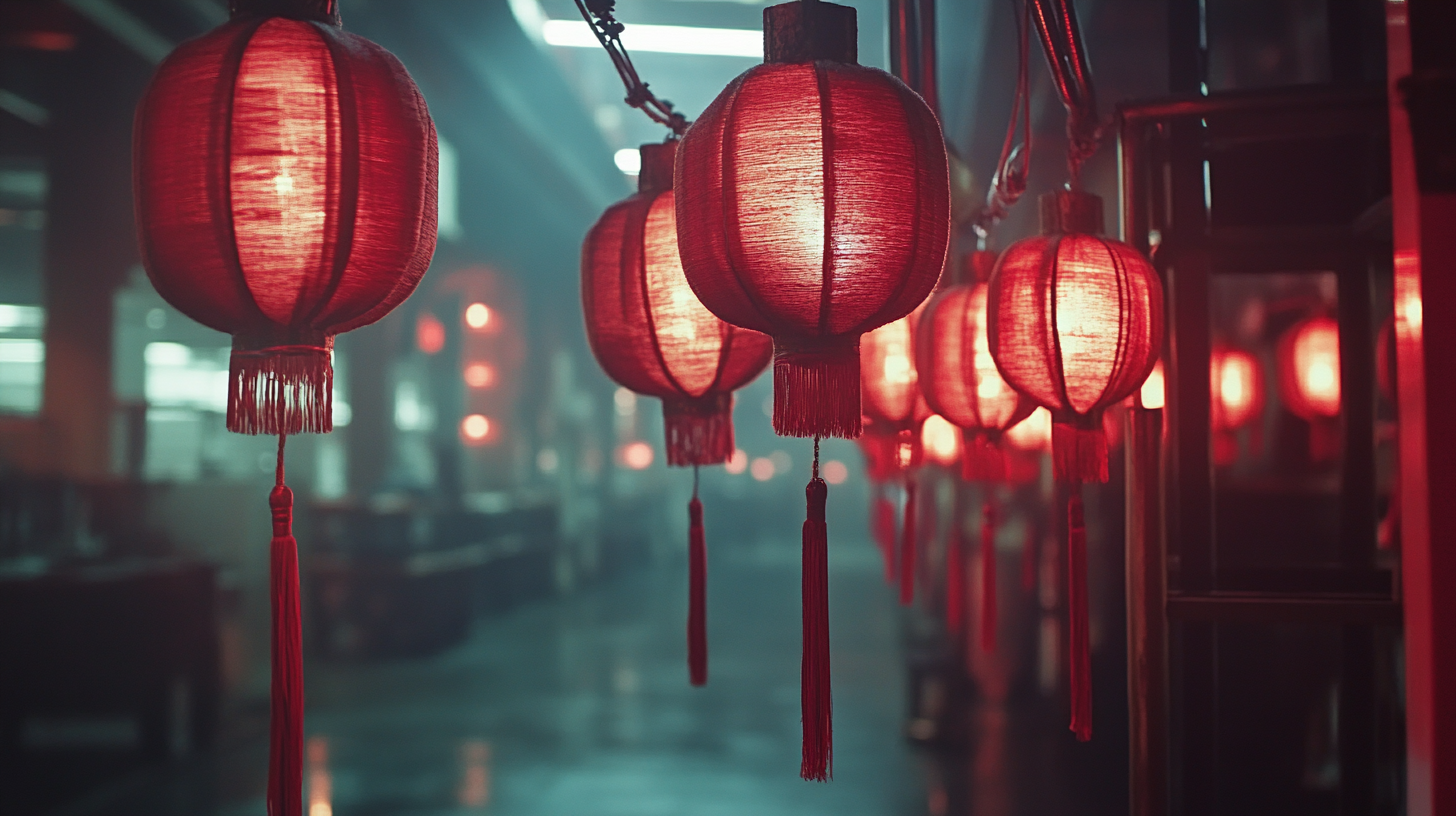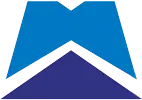Leave Your Message
In the face of escalating tariffs between the United States and China, the resilience of China's manufacturing sector has become a focal point of global economic discussions. Despite the pressures exerted by these trade barriers, Chinese manufacturers are not only adapting but thriving, particularly in the production of Automatic Nonwoven Equipment. This innovative technology has emerged as a cornerstone of the nonwoven fabric industry, enabling manufacturers to enhance productivity and efficiency while mitigating the impacts of tariffs. As companies pivot to capitalize on new opportunities, the rise of Automatic Nonwoven Equipment exemplifies how ingenuity and technology can drive growth, even amidst challenging trade dynamics. This blog will explore the factors contributing to this resilience and the pivotal role that Automatic Nonwoven Equipment plays in maintaining China's competitive edge in the global manufacturing landscape.

In 2023, China's manufacturing sector continues to demonstrate remarkable resilience, even amid ongoing tariff challenges imposed by the United States. Recent statistics indicate a robust growth trajectory, driven by advancements in technology and efficiency. Despite facing external pressures, Chinese manufacturers are embracing innovation, leading to improved productivity and a diversification of their output. This perseverance highlights not only the adaptability of China's manufacturing industry but also the strategic shifts it is making to sustain growth.
A particularly noteworthy trend is the rise of automatic nonwoven equipment, which has gained traction in response to evolving market demands. The increasing automation in manufacturing processes is enhancing efficiency and reducing reliance on labor, thus mitigating the adverse impacts of tariffs. As industries pivot to incorporate cutting-edge technology, the expansion of nonwoven fabric production, especially in healthcare and hygiene sectors, underlines China's commitment to remain competitive. Such advancements may also open new export avenues, reflecting a proactive stance in navigating the complexities of international trade amid tariff disputes.
The ongoing US-China tariff challenges have undoubtedly reshaped numerous industries, with the nonwoven fabric sector being no exception. As tariffs escalate, many manufacturers in China are innovating and pivoting strategies to maintain competitiveness and resilience. This trend is particularly significant as the demand for best automatic nonwoven equipment rises, emphasizing the need for efficiency and quality amidst fluctuating trade conditions.
One interesting facet of this situation is the collaboration seen between German companies and North American firms within the advanced and technical textiles industry. By sharing technological advancements and best practices, these companies are creating synergies that can enhance manufacturing processes and product offerings both in Europe and America. This international cooperation showcases how companies can offset tariff impacts by leveraging innovation and superior equipment.
Tips for manufacturers looking to thrive in this landscape include investing in automatic nonwoven equipment to boost production efficiency and reduce labor costs. Furthermore, fostering partnerships across borders can lead to valuable insights and strategies that cater to varying market demands, ultimately strengthening their resilience against external economic pressures. Additionally, staying informed about regulatory changes and adapting to new consumer preferences will be crucial for sustaining growth in these uncertain times.

In the face of ongoing US-China tariff challenges, China's manufacturing sector has displayed remarkable resilience, particularly through the innovative advancements in nonwoven equipment. The rise of the best automatic nonwoven machines has transformed production processes, enabling manufacturers to enhance efficiency and reduce costs significantly. These innovations not only bolster output but also ensure consistency in quality, making them pivotal for companies aiming to maintain a competitive edge.
When investing in automatic nonwoven equipment, companies should consider prioritizing versatility in their machinery. Look for models that can handle various materials and adapt to changing production needs. This flexibility is crucial in an unpredictable market where rapid shifts can occur due to external pressures, such as tariffs. Moreover, incorporating smart technology into equipment can optimize operations through data analytics, ultimately improving decision-making and operational efficiency.
Another tip is to evaluate after-sales support and maintenance services from equipment providers. Reliable technical support ensures that any downtime is minimized, which can lead to substantial cost savings in the long run. By choosing suppliers that offer robust training programs and quick response times, manufacturers can safeguard their investments and enhance their production capabilities amid the evolving landscape of global trade.
This pie chart illustrates the distribution of nonwoven fabric production in China for the year 2023, emphasizing the significance of various production technologies, including Spunbond, Wet Laid, Thermal Bonded, Needle Punch, and SMS processes. This data reflects how manufacturers are adapting and innovating amidst tariff challenges and ongoing market changes.
Amidst the ongoing US-China trade tensions, the nonwoven products market has shown remarkable resilience and growth. According to recent industry reports, the demand for nonwoven fabrics is projected to surge by over 5% annually over the next five years, driven by their increasing applications in hygiene products, medical supplies, and construction materials. This growing market has inspired manufacturers, particularly in China, to innovate, leading to the rise of advanced automatic nonwoven equipment that enhances production efficiency and product quality.
Tips for manufacturers looking to capitalize on this trend include investing in automation technology to streamline operations and reduce labor costs. Implementing smart manufacturing practices can also provide more significant insights into production processes, enabling better inventory management and waste reduction. Understanding market demands and adapting to consumer preferences could further enhance competitive advantage in this evolving landscape.
In light of these developments, businesses should also consider diversifying their supply chains. This can mitigate the impact of tariffs and promote resilience against sudden market shifts. By exploring new markets and partnerships, manufacturers can better navigate the complexities of international trade while meeting the rising demand for nonwoven products.

In the face of escalating tariffs and trade tensions between the US and China, Chinese manufacturers are exhibiting remarkable resilience by strategically adapting their operations. This adaptability is primarily driven by the rapid integration of advanced technologies into manufacturing processes. By investing in automation and artificial intelligence, manufacturers are not only enhancing productivity but also reducing operational costs, positioning themselves favorably in a fiercely competitive global market.
One notable innovation is the rise of automatic nonwoven equipment, which has gained traction as manufacturers look to streamline production and meet growing demand for hygiene products. This equipment not only improves efficiency but also allows for greater flexibility in production, enabling manufacturers to quickly pivot in response to market trends. As Chinese companies harness these technological advancements, they are not only overcoming the challenges posed by tariffs but are also setting new standards in quality and innovation, further solidifying their competitive edge on the global stage.
| Manufacturer | Equipment Type | Production Capacity (units/day) | Technology Used | Market Adaptation Strategy |
|---|---|---|---|---|
| Hangzhou MTC | Automatic Nonwoven Fabric Machine | 500 | Lattice Technology | Diversification of Material Supply |
| Zhejiang Yancheng | Spunbond Nonwoven Machine | 800 | Automated Control Systems | Cost Reduction through Automation |
| Shandong Huaze | Hydroentangled Nonwoven Machine | 400 | Water Jet Technology | Product Innovation |
| Guangdong Wande | Meltblown Nonwoven Machine | 700 | Precision Filtration | Export Market Expansion |
| Nanjing Teijin | Composite Nonwoven Machine | 600 | Integrated Technology | Sustainable Practices |
